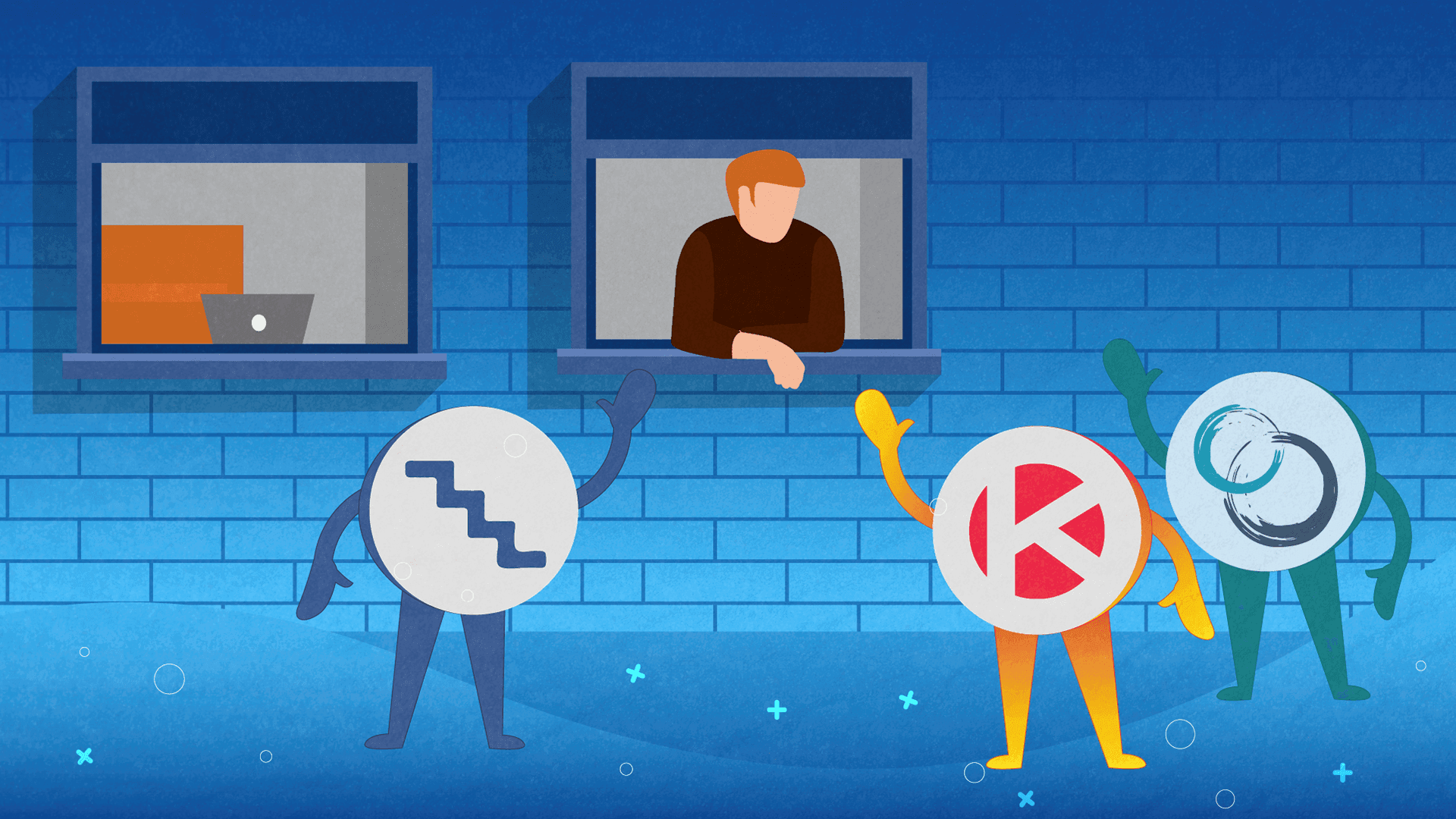3 Software Development Methodologies Explained

Building digital products is a complicated process that requires more than just an understanding of different programming languages. It requires proper planning and execution.
Regardless of how good you’re at writing code, the success of an entire development process depends on your ability to identify challenges in advance and figure out the best plan of attack.
In this field, nothing happens by accident. Nothing is chosen at random. Successful projects are the ones that are managed well. Before moving an inch into development, experienced managers and team leads take the time to properly analyze the project at hand and figure out which software development methodology will work best for it.
Alas, choosing the right software development methodology is far harder than most developers think. Every methodology exists for different reasons and has its own strengths and weaknesses. But how does one know which methodology to choose for an upcoming project?
Today, we at Share IT have decided to dig a bit deeper into the most popular software development methodologies and list some of the pros and cons behind every one of them.
What Is a Software Development Methodology, In a Nutshell?

In its essence, this is a process where you split the software building work into different stages that have different types of activities assigned to each phase. The main purpose of this is to help software development teams effectively plan and manage their workload.
In most cases, the methodology includes pre-defined deliverables and artifacts created and then completed by a project team in charge of developing/updating/maintaining a specific application. Each methodology has its own artifacts, while each software development company is usually responsible for defining its own deliverables.
Each software development methodology is created in a way to guide the development team through the following stages:
- Requirements
- Design
- Implementation
- Testing
- Debugging
- Deployment
- Maintenance
However, even though every popular software development methodology is designed to cover each of these stages, the way they prioritize and organize is what sets them apart. Keep reading to find out the differences between top three methodologies and when are each of them best used.
Waterfall Methodology
Also known as the “traditional methodology”, this specific approach to software development can be described as a process of flowing steadily downstream through the stages of "conception, initiation, analysis, design, construction, testing, production, and maintenance".
Originally used in manufacturing and construction, this methodology slowly found its way to software development where it soon became a go-to approach for professional developers.
Although most younger developers feel that this methodology is now obsolete, there are still plenty of professionals in IT who still frequently rely on it; especially when they work on lightweight projects that come with super clear and stable requirements. We’re talking here about small apps that come with clear-cut instructions and can be implemented relatively fast.
With Waterfall, you can concentrate fully on quality. Plan, collect requirements, design software architecture, and build software. That’s it. Later on you test and debug what you created, and, finally, deploy the solution. It’s a pretty straightforward process. Zero fuss, zero need for jumping from one task to another.
It’s a really simple and cost-effective approach for small projects. However, once things get more complex and you find yourself in a situation where you need to properly define requirements which are not likely to change in the process of development - the Waterfall model becomes obsolete.
Scrum

The whole philosophy of Scrum is that the problem at hand can't be fully understood and defined right from the start. Thus, this methodology adopts the empirical approach focusing mostly on the project team's ability to react quickly to the changing requirements. That's why Scrum is often referenced in conversation as the only true agile software development model.
As mentioned above, Scrum is perfect for big projects where teams need to prioritize work and build a frame that can be reworked endlessly in the future.
The process basically looks like this: a team working together with the client to come up with ideas for features of the product. Those features are then arranged by priority and placed into a so-called “product backlog”. From there, the team picks out sets of features that are most important to the client and then tries to arrange them in a “sprint”.
The sprint usually lasts 2-4 weeks. During the sprint, the team meets to discuss the progress each week to ensure that everything is going according to plan and to figure out how to eliminate all roadblocks that pop up during the development process. The goal of each sprint is to come up with something to show to the team leads or the client.
Even though there are many advantages to Scum, this methodology can be a double-edged sword. Implementing quality can be hard, if you don’t have a rigorous testing process. Working in Scrum usually means that there's a defined end-date. This tends to be a problem, especially in scenarios where you’re using Scrum to develop a project for a client. Time means money. If there’s not a fixed deadline in place, the client might need to invest more money than planned.
In addition to this, adopting the Scrum methodology to a large team can be difficult - especially because everyone has a strict role to play. For instance, if a team member leaves in the middle of a project, that can easily push the whole team off tracks.
Kanban
Even though Kanban is also an agile software development methodology, it's not quite the same as Scrum. Kanban is all about tracking the capacity of team members and giving them more time to do quality work. Unlike Scrum that focuses on sprints and doing new things in short runs, Kanban focuses on reaching milestones. In this methodology, you have three stages:
- Backlog
- Active
- Done
The main idea of Kanban is to focus only on the work that is currently in progress and to do it well. Once the team is finished with one task, a new one gets picked from the top of the backlog.
As with Scrum, the product owner (client or his representative) can easily re-prioritize the tasks in the backlog without distracting the team, because any outside changes that have no connection to the current task have no impact on the team as well.
This means that, as long as the product owner keeps the most important tasks on top of the backlog, the team will deliver what’s needed the most for the current business objective.
Kanban is a very flexible model. It is a cost effective solution because there is no planning. It can even be seen as a more “budget-friendly” solution than Scrum because no time is wasted on delays or “flashbacks” of the development process. Cycle time is the most important factor in Kanban. As long as this part of the work is up and running, the team will be able to precisely optimize time and make solid predictions for the final delivery.
The board needs to be up to date and clutter-free because that’s how the developers can do their work properly.
Why the Basics of Software Development Methodologies Matter for Clients Looking to Outsource
The choice of software development methodologies can mean a difference between a successful project and the one that has eaten up too much of your resources. This is why we at Share IT take the time to assess which methodology would be optimal for each specific project.
In addition to the above-mentioned software development methodologies, we also use Scrumban, which is basically a hybrid methodology of Kanban and Scrum. We know that our clients appreciate the flexibility and that they want to get the best value for their money. This is why we designed two different models to adapt to your needs.
Check out how we work and contact us to get a time and cost estimation.
Related readings:
Looking to Outsource a SharePoint Developer? Here's What to Pay Attention to
3 Major Reasons Why You Should Invest in SharePoint Consulting